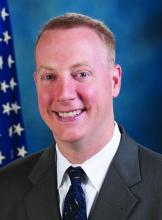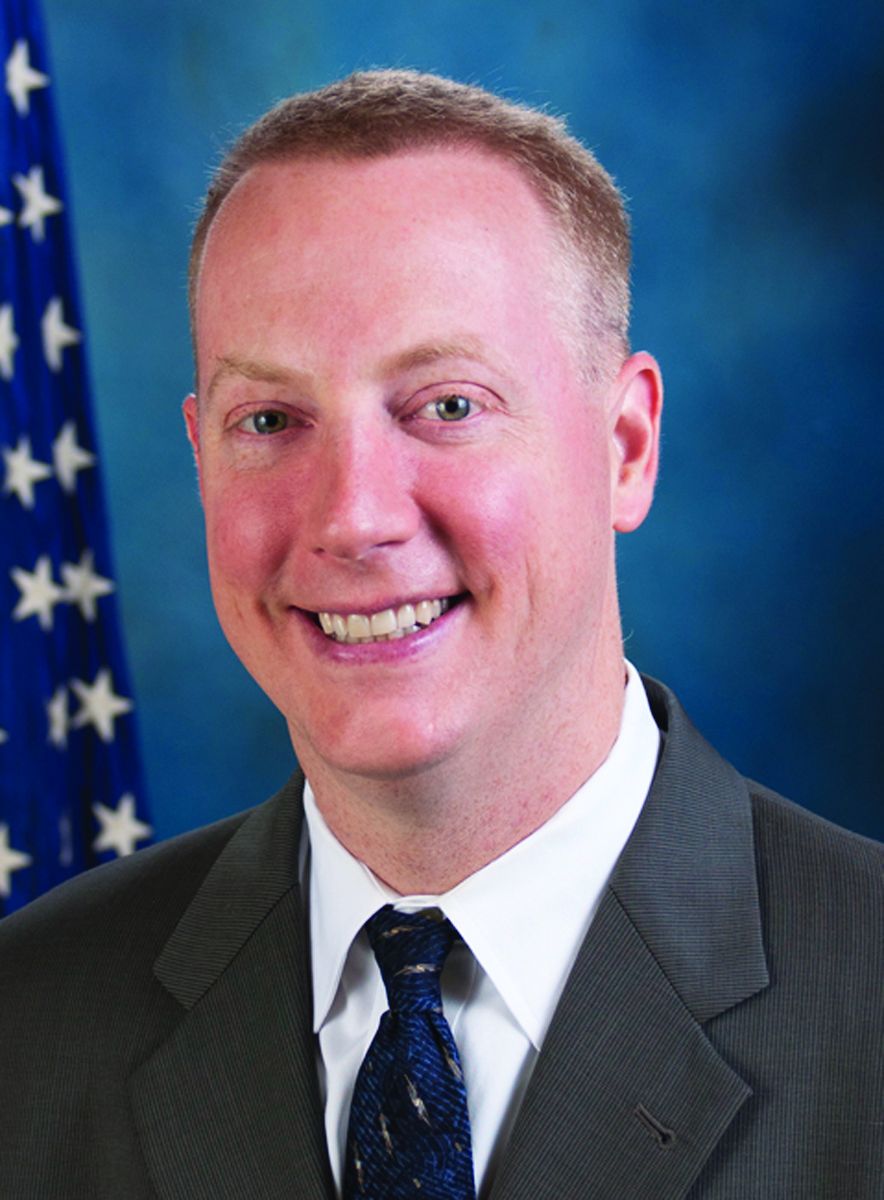User login
The Centers for Medicare & Medicaid Services has finalized three cardiac payment bundles that will qualify as advanced alternative payment models under MACRA’s Quality Payment Program, but questions linger as to whether the bundles will survive in the Trump administration.
The bundles include the Acute Myocardial Infarction (AMI) model, the Coronary Artery Bypass Graft (CABG) model, and the Cardiac Rehabilitation Incentive Payment model. The three programs were proposed in July 2016 and finalized in a rule posted Dec. 20, and scheduled for publication in the Federal Register on Jan. 3, 2017.
The bundled payment model will place accountability for patient outcomes 90 days after discharge on the hospital where treatment occurred. Beginning July 1, 2017, hospitals in 98 randomly selected metropolitan statistical areas will be placed under this model and monitored for 5 years to test whether the model leads to improved outcomes and lower costs.
Physician participation will be voluntary; those who do participate will eligible for bonus payments as part of a Quality Payment Program advanced Alternative Payment Model (APM) when savings are generated, and responsible for penalties when costs exceed targets. Physician participation would begin in 2018.
CMS also finalized a program to test whether an incentive payment will increase the use of cardiac rehabilitation services.
Participating hospitals will receive an initial payment of $25 per cardiac rehabilitation service for each of the first 11 services paid for by Medicare post-AMI or post-CABG, and $175 per service during the care period after 11 services. The care period runs parallel with the 90-day period for the AMI and CABG episode payment bundled.
“As we move from volume-based care to value-based care, this new path for cardiologists to participate in advanced alternative payment models under MACRA’s Quality Payment Program is a challenging step,” American College of Cardiology President Richard A. Chazal, MD, said in a statement. “It is our sincere hope that the end result will be opportunities for coordinated care and improvement in quality, while also decreasing costs for patients with heart attack or who undergo bypass surgery.”
The final rule also will test the Medicare ACO Track 1+ model, an accountable care organization that qualifies as an APM but has a lower risk of penalty than other ACOs, starting in 2018.
These new programs could be short-lived, depending on the direction taken by the Trump Administration. Rep. Tom Price, MD (R-Ga.), the incoming administration’s choice to lead the Health & Human Services department, was a lead cosigner to a Sept. 29 letter to Dr. Conway and CMS Acting Administrator Andy Slavitt that called on the agency to “cease all current and future planned mandatory initiatives” generating from the Centers for Medicare and Medicaid Innovation, which is where the bundles were developed. The letter said that the mandatory models “overhaul major payment systems, commandeer clinical decision-making, and dramatically alter the delivery of care.”
During the teleconference, Dr. Conway avoided answering questions about how the incoming administration might handle these models.
The final rule also offered a new bundle for patients requiring surgery after a hip fracture and provided updates to the Comprehensive Care for Joint Replacement (CJR) model.
The Centers for Medicare & Medicaid Services has finalized three cardiac payment bundles that will qualify as advanced alternative payment models under MACRA’s Quality Payment Program, but questions linger as to whether the bundles will survive in the Trump administration.
The bundles include the Acute Myocardial Infarction (AMI) model, the Coronary Artery Bypass Graft (CABG) model, and the Cardiac Rehabilitation Incentive Payment model. The three programs were proposed in July 2016 and finalized in a rule posted Dec. 20, and scheduled for publication in the Federal Register on Jan. 3, 2017.
The bundled payment model will place accountability for patient outcomes 90 days after discharge on the hospital where treatment occurred. Beginning July 1, 2017, hospitals in 98 randomly selected metropolitan statistical areas will be placed under this model and monitored for 5 years to test whether the model leads to improved outcomes and lower costs.
Physician participation will be voluntary; those who do participate will eligible for bonus payments as part of a Quality Payment Program advanced Alternative Payment Model (APM) when savings are generated, and responsible for penalties when costs exceed targets. Physician participation would begin in 2018.
CMS also finalized a program to test whether an incentive payment will increase the use of cardiac rehabilitation services.
Participating hospitals will receive an initial payment of $25 per cardiac rehabilitation service for each of the first 11 services paid for by Medicare post-AMI or post-CABG, and $175 per service during the care period after 11 services. The care period runs parallel with the 90-day period for the AMI and CABG episode payment bundled.
“As we move from volume-based care to value-based care, this new path for cardiologists to participate in advanced alternative payment models under MACRA’s Quality Payment Program is a challenging step,” American College of Cardiology President Richard A. Chazal, MD, said in a statement. “It is our sincere hope that the end result will be opportunities for coordinated care and improvement in quality, while also decreasing costs for patients with heart attack or who undergo bypass surgery.”
The final rule also will test the Medicare ACO Track 1+ model, an accountable care organization that qualifies as an APM but has a lower risk of penalty than other ACOs, starting in 2018.
These new programs could be short-lived, depending on the direction taken by the Trump Administration. Rep. Tom Price, MD (R-Ga.), the incoming administration’s choice to lead the Health & Human Services department, was a lead cosigner to a Sept. 29 letter to Dr. Conway and CMS Acting Administrator Andy Slavitt that called on the agency to “cease all current and future planned mandatory initiatives” generating from the Centers for Medicare and Medicaid Innovation, which is where the bundles were developed. The letter said that the mandatory models “overhaul major payment systems, commandeer clinical decision-making, and dramatically alter the delivery of care.”
During the teleconference, Dr. Conway avoided answering questions about how the incoming administration might handle these models.
The final rule also offered a new bundle for patients requiring surgery after a hip fracture and provided updates to the Comprehensive Care for Joint Replacement (CJR) model.
The Centers for Medicare & Medicaid Services has finalized three cardiac payment bundles that will qualify as advanced alternative payment models under MACRA’s Quality Payment Program, but questions linger as to whether the bundles will survive in the Trump administration.
The bundles include the Acute Myocardial Infarction (AMI) model, the Coronary Artery Bypass Graft (CABG) model, and the Cardiac Rehabilitation Incentive Payment model. The three programs were proposed in July 2016 and finalized in a rule posted Dec. 20, and scheduled for publication in the Federal Register on Jan. 3, 2017.
The bundled payment model will place accountability for patient outcomes 90 days after discharge on the hospital where treatment occurred. Beginning July 1, 2017, hospitals in 98 randomly selected metropolitan statistical areas will be placed under this model and monitored for 5 years to test whether the model leads to improved outcomes and lower costs.
Physician participation will be voluntary; those who do participate will eligible for bonus payments as part of a Quality Payment Program advanced Alternative Payment Model (APM) when savings are generated, and responsible for penalties when costs exceed targets. Physician participation would begin in 2018.
CMS also finalized a program to test whether an incentive payment will increase the use of cardiac rehabilitation services.
Participating hospitals will receive an initial payment of $25 per cardiac rehabilitation service for each of the first 11 services paid for by Medicare post-AMI or post-CABG, and $175 per service during the care period after 11 services. The care period runs parallel with the 90-day period for the AMI and CABG episode payment bundled.
“As we move from volume-based care to value-based care, this new path for cardiologists to participate in advanced alternative payment models under MACRA’s Quality Payment Program is a challenging step,” American College of Cardiology President Richard A. Chazal, MD, said in a statement. “It is our sincere hope that the end result will be opportunities for coordinated care and improvement in quality, while also decreasing costs for patients with heart attack or who undergo bypass surgery.”
The final rule also will test the Medicare ACO Track 1+ model, an accountable care organization that qualifies as an APM but has a lower risk of penalty than other ACOs, starting in 2018.
These new programs could be short-lived, depending on the direction taken by the Trump Administration. Rep. Tom Price, MD (R-Ga.), the incoming administration’s choice to lead the Health & Human Services department, was a lead cosigner to a Sept. 29 letter to Dr. Conway and CMS Acting Administrator Andy Slavitt that called on the agency to “cease all current and future planned mandatory initiatives” generating from the Centers for Medicare and Medicaid Innovation, which is where the bundles were developed. The letter said that the mandatory models “overhaul major payment systems, commandeer clinical decision-making, and dramatically alter the delivery of care.”
During the teleconference, Dr. Conway avoided answering questions about how the incoming administration might handle these models.
The final rule also offered a new bundle for patients requiring surgery after a hip fracture and provided updates to the Comprehensive Care for Joint Replacement (CJR) model.

